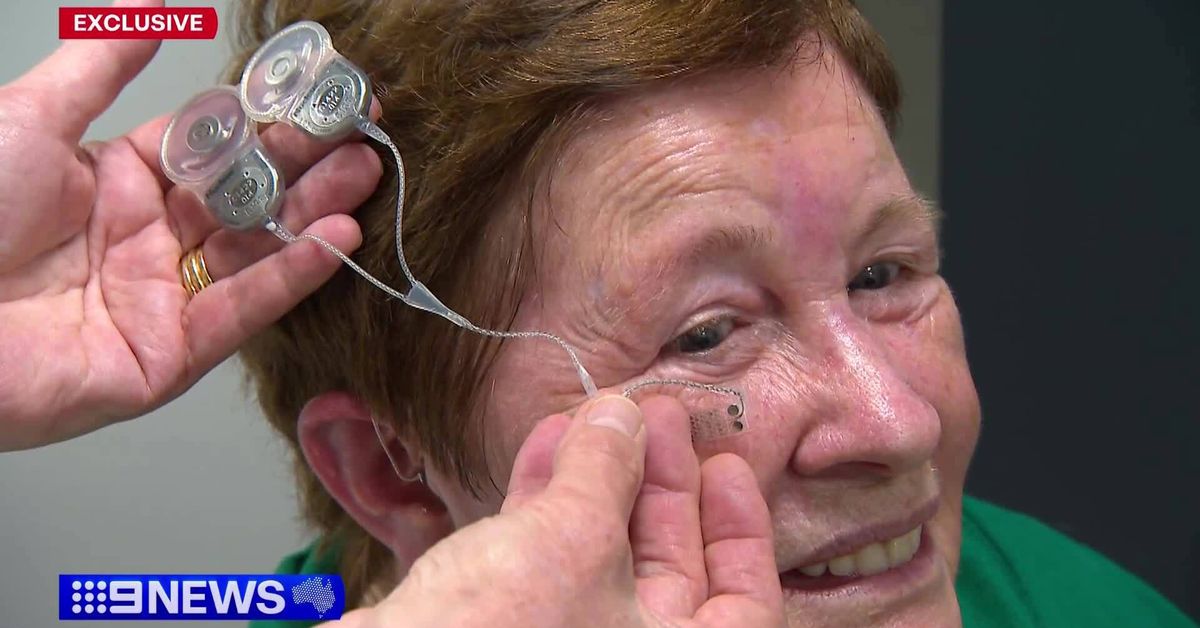Conducted by Australian researchers, the trial monitored four participants over more than two and a half years.
The bionic eye allows blind patients to locate doorways, avoid obstacles and find items on table-tops, according to principal investigator associate professor Penny Allen.
Allen, also a vitreoretinal surgeon, said “patients showed significant improvement in their navigation, mobility and ability to detect objects”.
“They reported greater confidence in navigation, were more likely to explore new environments and had reduced need for assistance when travelling to the local shops,” she said.
The bionic eye comprises an electrode array that is surgically implanted behind the eye.
The technology creates flashes of light, which helps people avoid obstacles and find items around the home.
“The camera converts images into electrical pulses delivered by the electrode array that activate retinal cells and create flashes of light called phosphenes to help patients detect edges, shapes and movement,” Bionics Institute head of research Professor James Fallon said.
The trial provided “rapid improvements” for four patients with blindness, including Victorian woman Colleen.
Colleen has been blind for nearly a decade and said the bionic eye allowed her to feel more confident in unfamiliar indoor spaces.
“At this point, it’s not like replacing a cane or a dog but it certainly enhances the experience of getting out there in your community,” she said.
“I actually cried because it was giving me more information about the area in which I live.”

Patients were tracked from the time they received the implant surgery in 2018 to 2021.
The device was stable and durable over the long term, staying in place without complication, the trial found.
“Patients were also able to locate their spouse in a café and detect people moving at a train station – things they could not do without using their bionic eye,” Allen said.
The trial was led by the Centre for Eye Research Australia, Bionics Institute, University of Melbourne and Royal Victorian Eye and Ear Hospital, and its results were published in Ophthalmology Science.

